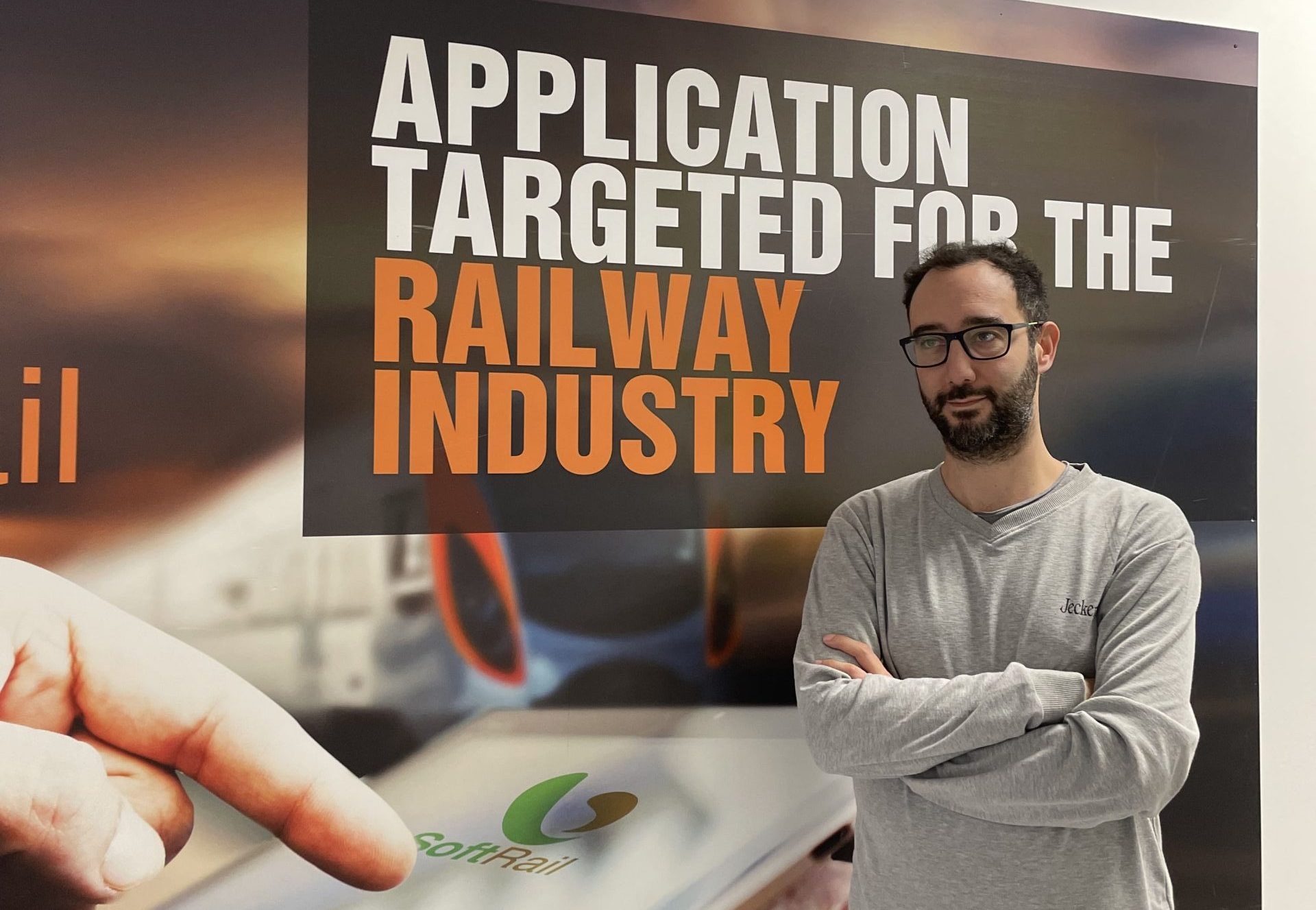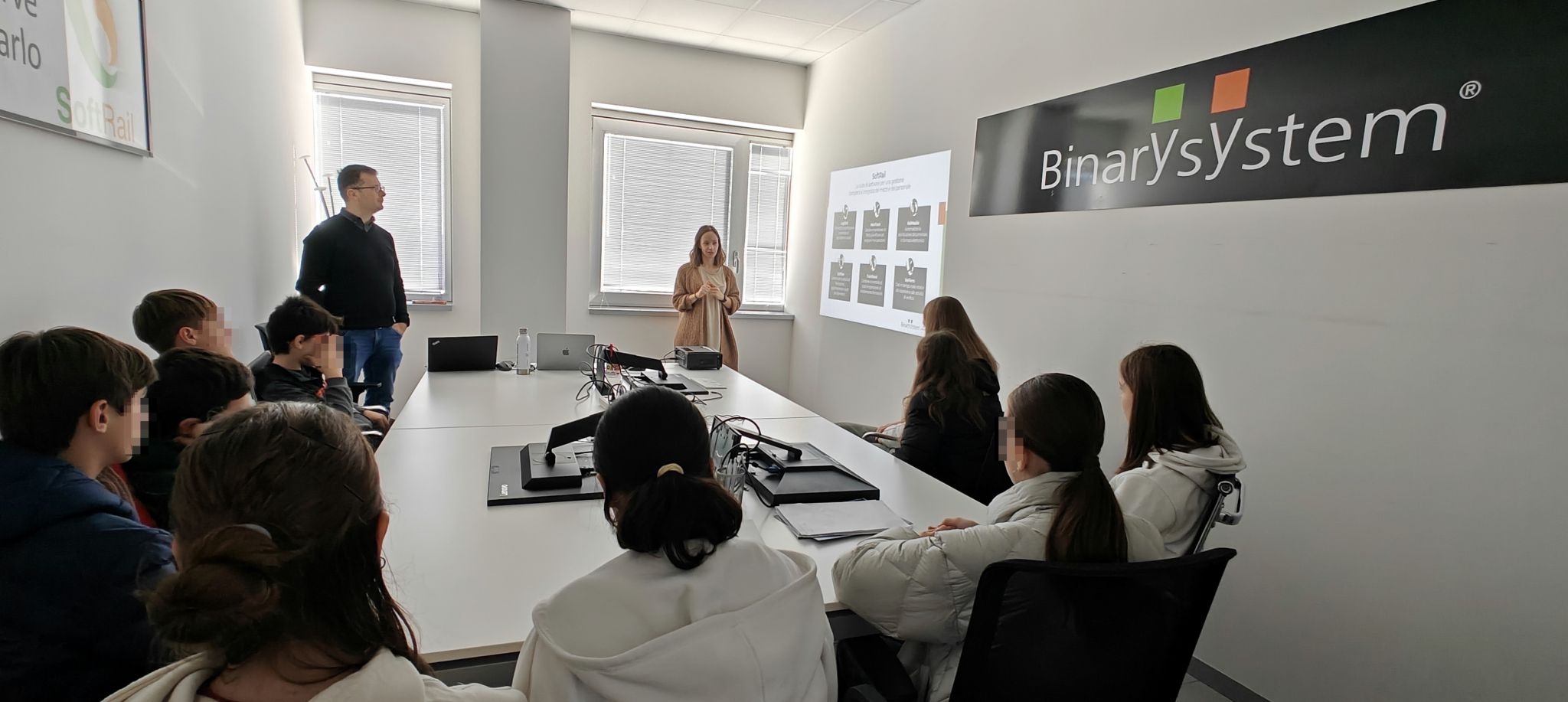
The Chat Feature Developed with Leanbit
LogiShift’s new chat is a real-time, secure, and traceable communication channel designed specifically for railway companies.

The year 2025 marks a significant shift in the technology landscape. Our Chief Technology Officer, Alessandro Rescalli, has an insider’s view of the innovations that are revolutionising the IT sector.
Through an open conversation, Alessandro Rescalli offers a clear perspective on the developments that will drive business innovation and technological progress in the year ahead.
"Anticipating the potential of a technological innovation can be a great improvement but it is also a great challenge."
Alessandro Rescalli, CTO Binary System
We asked our CTO how he sees the technology landscape evolving in 2025. In his answer, he mentioned several trends, some already present for a few years and others relatively new.
“The first trend is the proliferation of frontend and backend frameworks, in all kinds of languages. Especially user interfaces are reaching very complex levels of interaction on web platforms and, consequently, the frameworks for their development are constantly evolving. On the other hand, cloud systems are evolving and will continue to evolve towards technologies that allow them to scale more easily, simplify configuration processes and provide high processing capacities when needed. This includes orchestration systems such as Kubernetes and serverless services. All major cloud providers provide such tools. This will simplify dev-ops processes.”
Finally, the latest trend sees the emergence of AI, which “will undoubtedly evolve very quickly and invade all kinds of processes and technologies”. He added that “we will really find AI in any kind of device. However, it still has some maturing to do. We will see if 2025 will be the decisive year”.
Technological innovation is a matter of synchronicity: a technology must be applied when it is mature, but processes and products must also be ready for it. And the right opportunity must also be seized: it has often been the case that a technical problem becomes an opportunity for technological breakthrough.
On a practical level, we asked him for concrete examples of how we are implementing these innovations in our current product roadmap. Here is the CTO’s response.
“Our company has been migrating and optimising its products on two fronts for years, and the two paths are intertwined. On the one hand, we are implementing the core algorithms of our procedures in more efficient, testable and scalable languages. On the other, we are engaged in a process of evolving the execution of our services towards Kubernetes and serverless procedures that bring greater flexibility, scalability, computational power and thus significantly improved performance. On the other hand, a UI/UX renewal process is underway, which will undoubtedly bring an improvement in terms of aesthetics and usability. In short: we are working to significantly improve the user experience in the coming year.”
As for AI, he commented, ‘We have started a process of internal experimentation to study its potential and suitable application areas which, on paper, have no limits. As I said before, the questions to ask before adopting a new technology are fundamental!
Considering the challenges posed by cyber security in transport systems, Alessandro Rescalli mentioned several strategies we are implementing to protect our customers’ operations.
“Certainly, the issue of security has become very important in a world where everything is connected and exposed, the risks are also increasing. Our customers have also become more sensitive to the issue, and we have responded with a dedicated security team that collaborates with the research and development team to select or develop the most appropriate tools, monitor the results and intervene in time. All while pushing the accelerator further and further towards automating the response to attacks.”
Our conversation highlighted that technological progress is not only about innovation, but also about strategic vision and adaptability.
Understanding and evaluating emerging technologies is essential for business growth, and the R&D (Research and Development) team must lead change.
"Choosing which technologies to introduce in the company is like jumping from one ship to another: you can't jump straight off. You have to experiment with them, make sure they are safe, and only then let the other passengers move on to the new ship".
Alessandro Rescalli, CTO Binary System

LogiShift’s new chat is a real-time, secure, and traceable communication channel designed specifically for railway companies.

This collaboration simplifies the management of travelling personnel thanks to the integration of LogiShift and Xenia’s expertise in the Hospitality sector.

An initiative organised by Confindustria Piacenza, which represents an important connection between the worlds of school and work.